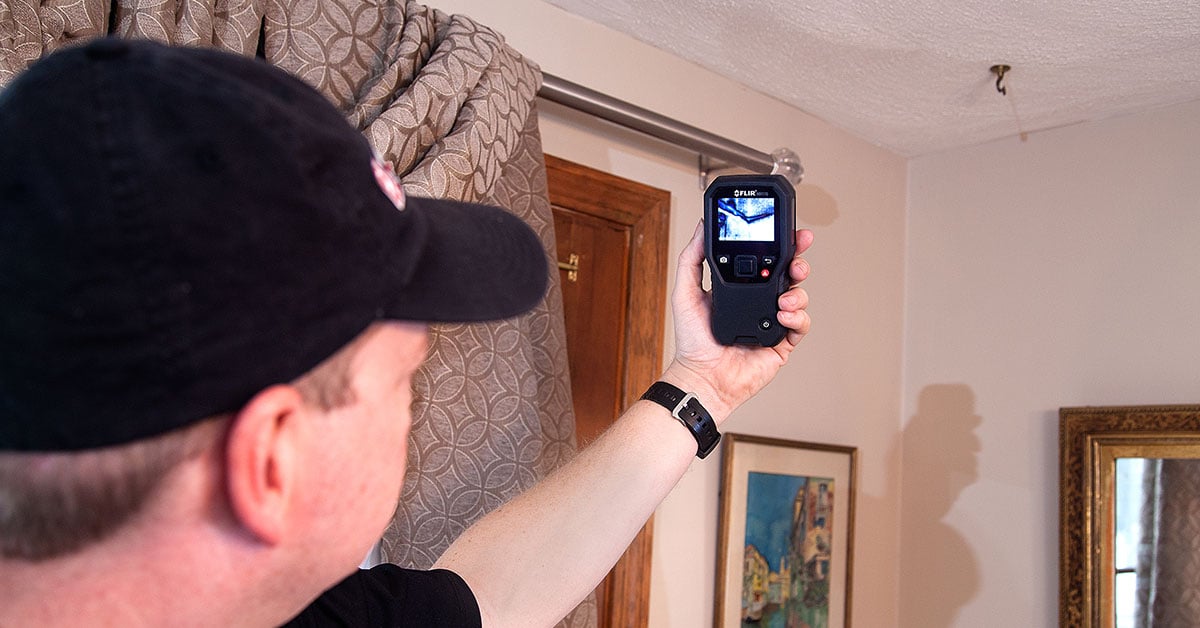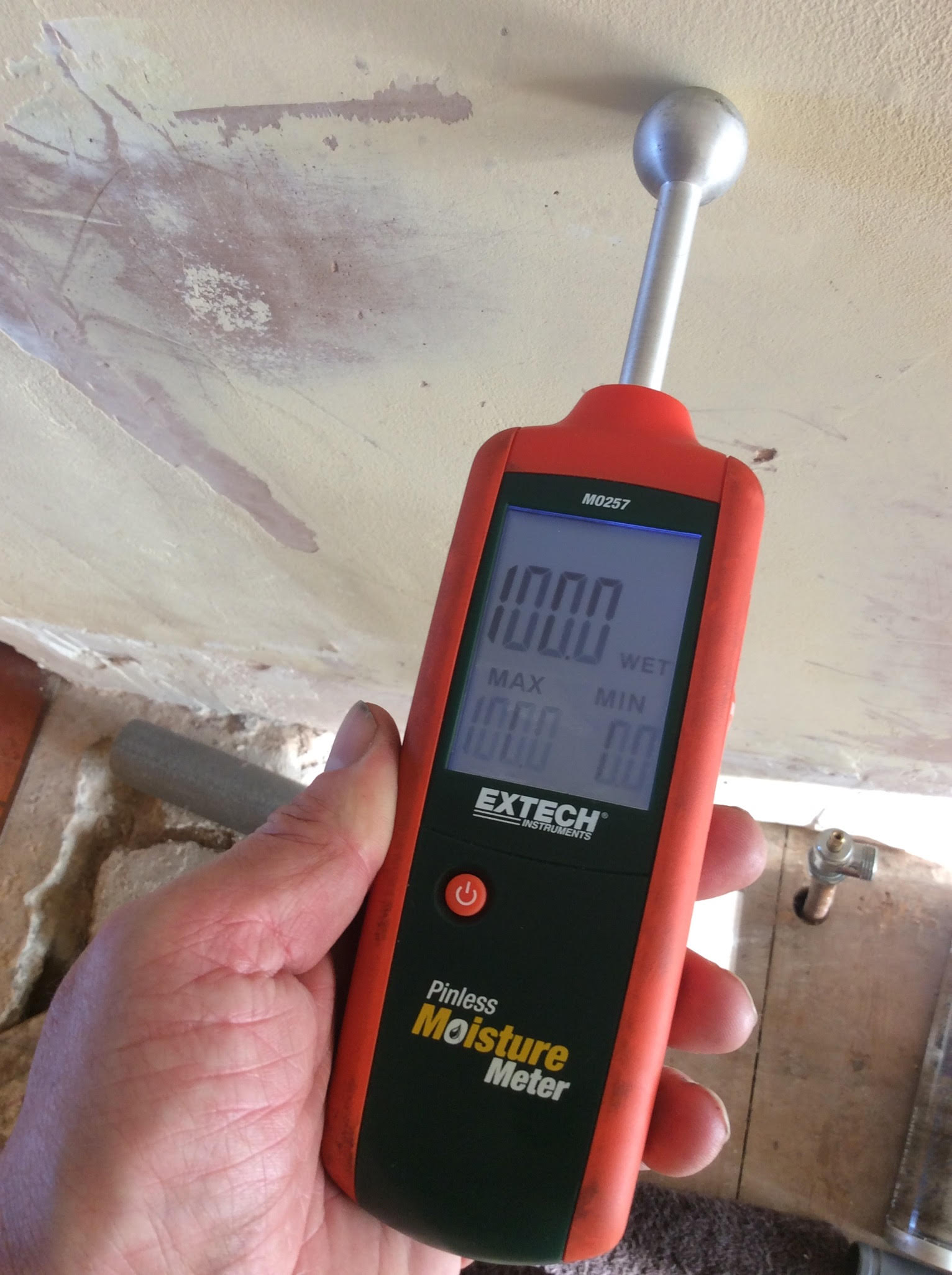Discover Reliable Water Leak Detection Solutions for Accurate and Quick Outcomes
Discover Reliable Water Leak Detection Solutions for Accurate and Quick Outcomes
Blog Article
Innovative Solutions for Very Early Discovery of Water Leaks in Structures and Facilities
As the integrity of buildings and framework is vital, the challenge of early discovery of water leaks has actually stimulated ingenious remedies that guarantee to change the way we secure against prospective problems. From advanced leakage discovery technologies to the implementation of IoT sensing units for real-time tracking, the landscape of leakage avoidance is developing quickly. Machine discovering algorithms use a look right into the future of leak prediction, while thermal imaging offers a non-intrusive method for determining covert leaks. Automated water flow analysis systems are reshaping how leaks are identified and dealt with, leading the way for a positive technique to water leak detection. Each of these options holds the vital to ensuring the dependability and long life of our developed environment, triggering a shift towards a more lasting and effective future.
Advanced Leak Detection Technologies
Advanced leakage discovery innovations, furnished with sophisticated sensing units and formulas, play a vital duty in quickly identifying and identifying water leakages in different setups. These modern technologies utilize a combination of acoustic, thermal, and electromagnetic sensing techniques to discover leakages accurately. Acoustic sensing units detect the audio of leaving water, enabling exact localization of the leak resource. Thermal imaging spots temperature level modifications brought on by water leak, providing another efficient approach for leakage recognition. Electromagnetic sensors can identify modifications in magnetic fields triggered by water, using yet another layer of leakage detection capacity.

IoT Sensors for Real-Time Surveillance
In the world of modern water leak detection, the combination of IoT sensing units for real-time surveillance represents a critical improvement in boosting positive leak detection capabilities. These sensing units provide constant monitoring of water supply, offering real-time information on water circulation prices, stress variants, and temperature level changes. By leveraging IoT technology, these sensors can discover even the smallest anomalies in water usage patterns, allowing early identification of potential leaks before they escalate right into significant issues.
IoT sensing units transfer data to a centralized platform, where advanced algorithms assess the details and create informs or notices when irregularities are discovered. This real-time tracking ability allows residential property owners or facility managers to without delay resolve leakages, reducing water damage, lowering fixing expenses, and conserving water resources.
In addition, IoT sensing units can be integrated with structure monitoring systems, enabling for automated feedbacks to identified leaks, such as shutting off water shutoffs or triggering pumps to mitigate the influence of leaks. Overall, the application of IoT sensors for real-time surveillance dramatically improves the performance and efficiency of water leak discovery in buildings and framework.
Device Learning Algorithms for Leakage Prediction

One trick benefit of using artificial intelligence for leakage forecast is its ability to continuously find out and enhance its precision gradually. As more information is collected and fed right into the algorithm, it can improve its predictions and adjust to altering conditions, inevitably enhancing the reliability of leakage detection systems.
Moreover, artificial intelligence algorithms can aid in identifying refined indications of leaks that may go unnoticed by typical monitoring methods. water leak detection. By evaluating complex information collections in real-time, these formulas can give very early warnings and informs, enabling for punctual treatment and precautionary maintenance to mitigate prospective water damage and linked prices
Utilizing Thermal Imaging for Leakage Discovery
Thermal imaging innovation supplies a promising technique for detecting water leaks in different systems and frameworks. By utilizing infrared radiation and temperature differences, thermal imaging cameras can identify concealed leakages that are not conveniently visible to the naked eye. When water leaves from pipelines or click resources frameworks, it often changes the temperature of the bordering location, developing temperature level differentials that thermal cameras can catch. These temperature abnormalities are after that converted right into noticeable photos, highlighting the specific area of the leakage.
One of the essential advantages of thermal imaging for leak detection is its non-intrusive nature. Unlike traditional methods that might call for burglarizing walls or floors to locate leakages, thermal imaging enables non-destructive screening. This not only saves time and reduces costs yet additionally lessens interruption to the building or infrastructure being assessed. In addition, thermal imaging can swiftly scan large locations, giving a detailed summary of potential leakage resources in a timely fashion. On the whole, using thermal imaging technology enhances the performance and accuracy of water leakage discovery, making it an important device for keeping the integrity of structures and facilities.
Automated Water Flow Evaluation Systems
Just how can automated water circulation analysis systems change the detection and monitoring of leaks in numerous systems and infrastructures? Automated water circulation analysis systems use an aggressive technique to leak discovery by continually checking water flow prices and patterns. By establishing standard data, these systems can promptly identify variances that may suggest a leakage, enabling timely treatment to avoid substantial damages.
These systems utilize sophisticated formulas to analyze real-time data and supply prompt notifies when anomalies are identified, enabling quick activity to be taken. In addition, automated water flow analysis systems can be incorporated with structure monitoring systems or IoT systems, enhancing general effectiveness and making it possible for remote surveillance capabilities.
Furthermore, the information accumulated by these systems can be made use of for anticipating upkeep functions, assisting to determine potential powerlessness in the infrastructure prior to leakages happen. Generally, the application of automatic water flow evaluation systems can significantly boost leakage detection and management practices, inevitably bring about set you back savings, reduced water wastefulness, and raised sustainability in structures and infrastructure.

Final Thought
Finally, the assimilation of innovative leakage discovery modern technologies, IoT sensing units, machine learning algorithms, thermal imaging, and automated water flow analysis systems offers innovative solutions for early detection of water leakages in structures directory and framework. These modern technologies make it possible for real-time surveillance, prediction of leaks, and efficient detection approaches to protect against water damages and waste. Carrying out these options can assist in maintaining the integrity and sustainability of water supply in numerous setups.
Report this page